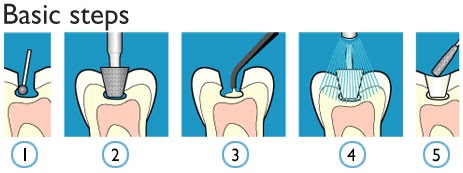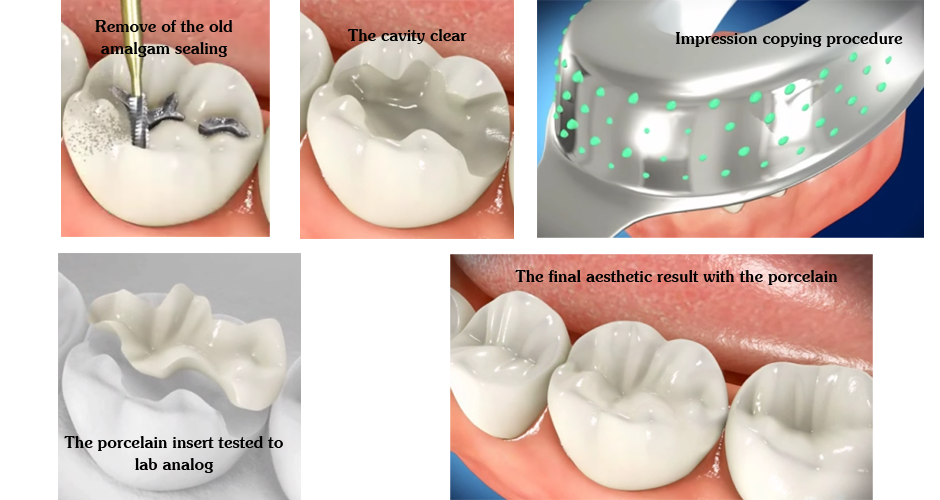Classes of materials many different types of ceramic systems have been introduced in recent years for all types of indirect restorations from very conservative no preparation veneers to multi unit posterior fixed partial dentures fpds and everything in between.
Ceramic inserts in dentistry.
This article in part i.
With the straumann pure ceramic implant system you can grant an esthetic natural looking and strong treatment for your patients.
Ceramics in dentistry part i.
Pdf on apr 10 2013 gregg helvey published classification of dental ceramics find read and cite all the research you need on researchgate.
Ceramics are characterized by their refractory nature hardness chemical inertness biocompatibility 5 6 7 and susceptibility to brittle fracture 8 9.
In dentistry ceramics are widely used for making artificial denture teeth crowns bridges ceramic posts abutments and implants and veneers over metal substructures 1 9.
They will benefit from all the highly esthetic advantages of a natural looking ceramic implant ivory colored like a natural tooth root and even in cases of thin gingiva biotypes not shining through.
Reviews the composition structure and properties of dental ceramics from the literature available in pubmed and other sources from the past 50 years.
Dental ceramics are divided into different groups according to their chemical composition feldspar leucite alumina glass alumina and glass ceramics application tooth reconstruction ceramic covering metals veneers inlays crowns and anterior bridges the manufacturing procedure or the structure of the material cast metal burnished metal foil glass ceramics cad cam ceramic and.
Phong tran cao dds.
In dentistry ceramics are widely used for making artificial denture teeth crowns bridges ceramic posts abutments and implants and veneers over metal substructures 1 4.
57 in 2013 the product enamic vita bad sachingen germany was introduced for dental restorations.
The aim of the present investigation was to evaluate the effect of different insert systems before and after thermomechanical loading.
These ceramics are formed from either alumina or zirconia that that been seeded or doped with other ions such as magnesium or yttrium to optimize them for use in dental applications see figure 14 4.
The crystalline ceramics are the newest and strongest of the ceramics used in dentistry see figure 14 3.
56 in comparison to dental porcelains this new material has been proven to have lower elastic modulus and higher damage tolerance.
1 for the purposes of this article the term ceramic is used to include all metal free restorations generally all ceramic restorations have been confined to the anterior region until.
























